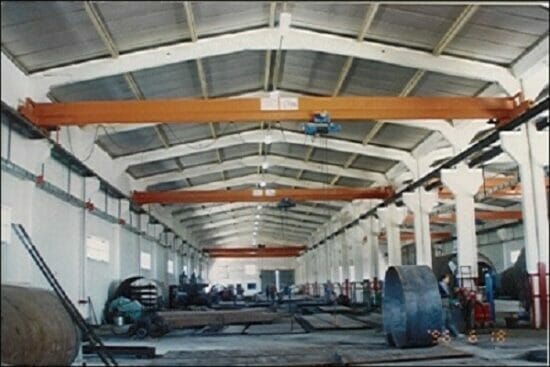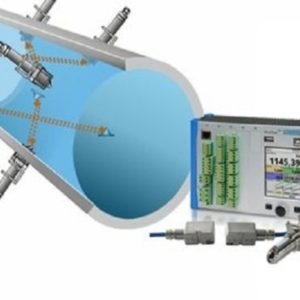E – 1790 Overview of Electric Overhead Traveling (EOT) Cranes
$150.00
Courses Included
A crane is a machine that lifts, lowers and moves load horizontally. By construction, cranes are divided into the overhead and gantry cranes. An overhead crane, also known as a bridge crane, is a type of crane where the hook and line mechanism runs along a horizontal beam that itself travels on the two widely separated rails. Often it is in a factory building and runs along rails mounted on the two long walls. A gantry crane is similar to an overhead crane, but here the bridge carrying the trolley is rigidly supported on two or more legs moving on fixed rails embedded in the floor.
Overhead traveling cranes are also available in various configurations. The two main categorizations are top-running versus under-running bridge cranes and single-girder versus double-girder bridge cranes. Crane travel is directed by an operator, either manually or with a wired pendant station or wireless controls that guide their electric- or pneumatic-powered travel. Typical uses include multi-directional movement of materials through the production process, support manufacturing, transporting heavy items to and from storage areas, loading or unloading activities inside a warehouse or onto open trailers or railcars.
This 6-hr course presents an overview of electric overhead travelling cranes and discusses the mechanical aspects of appropriate selection and includes civil, structural and electric design parameters.






